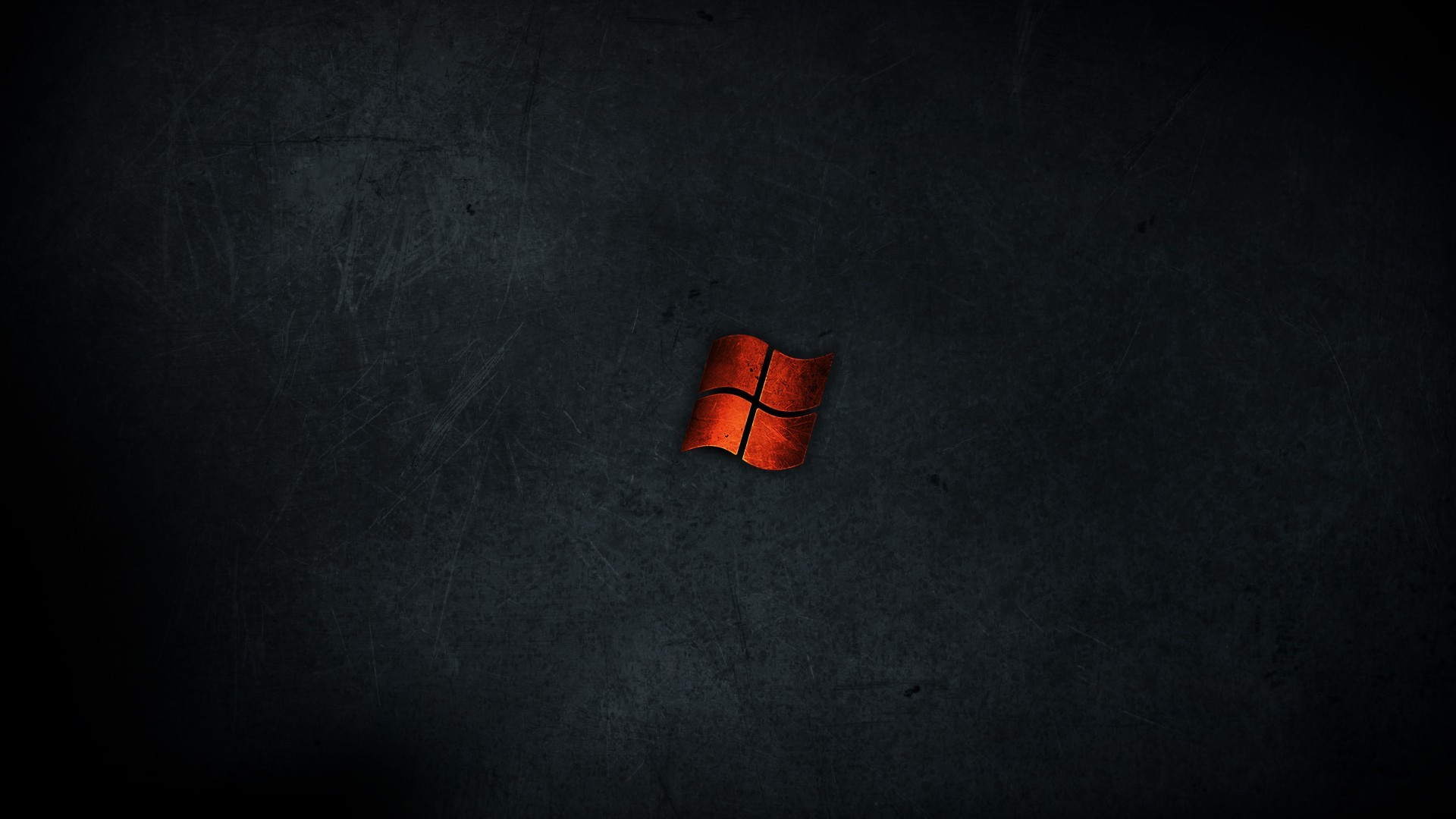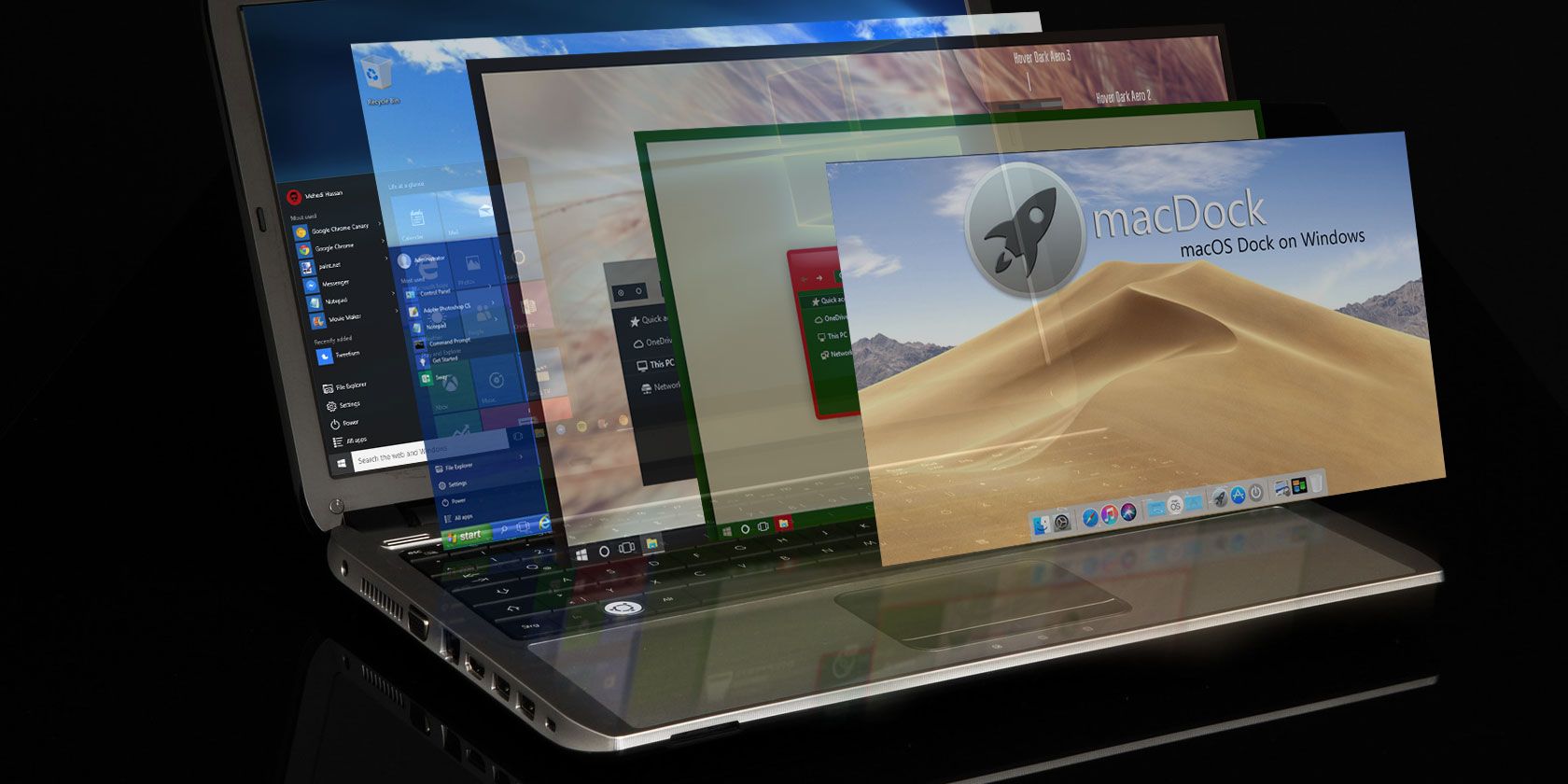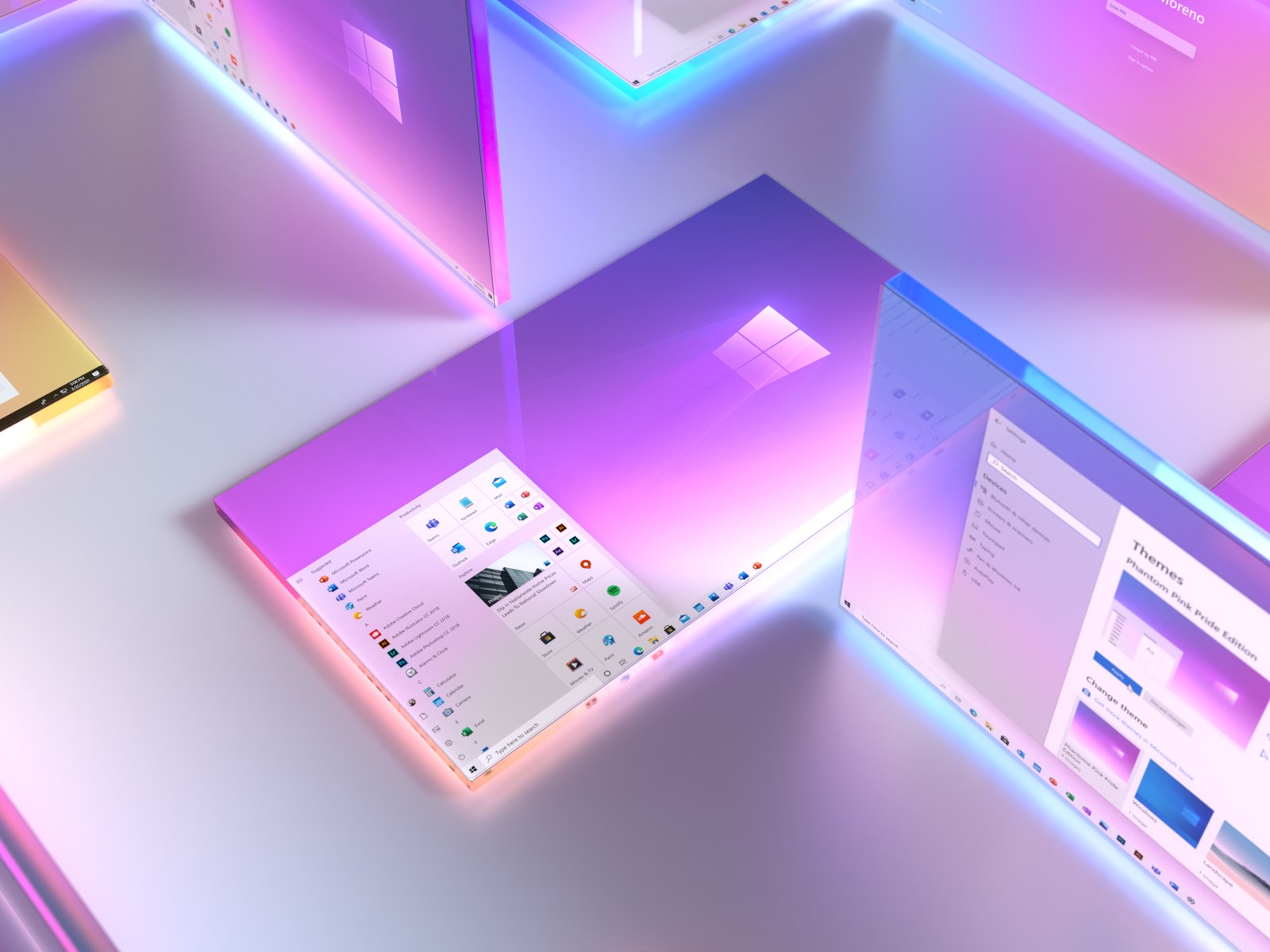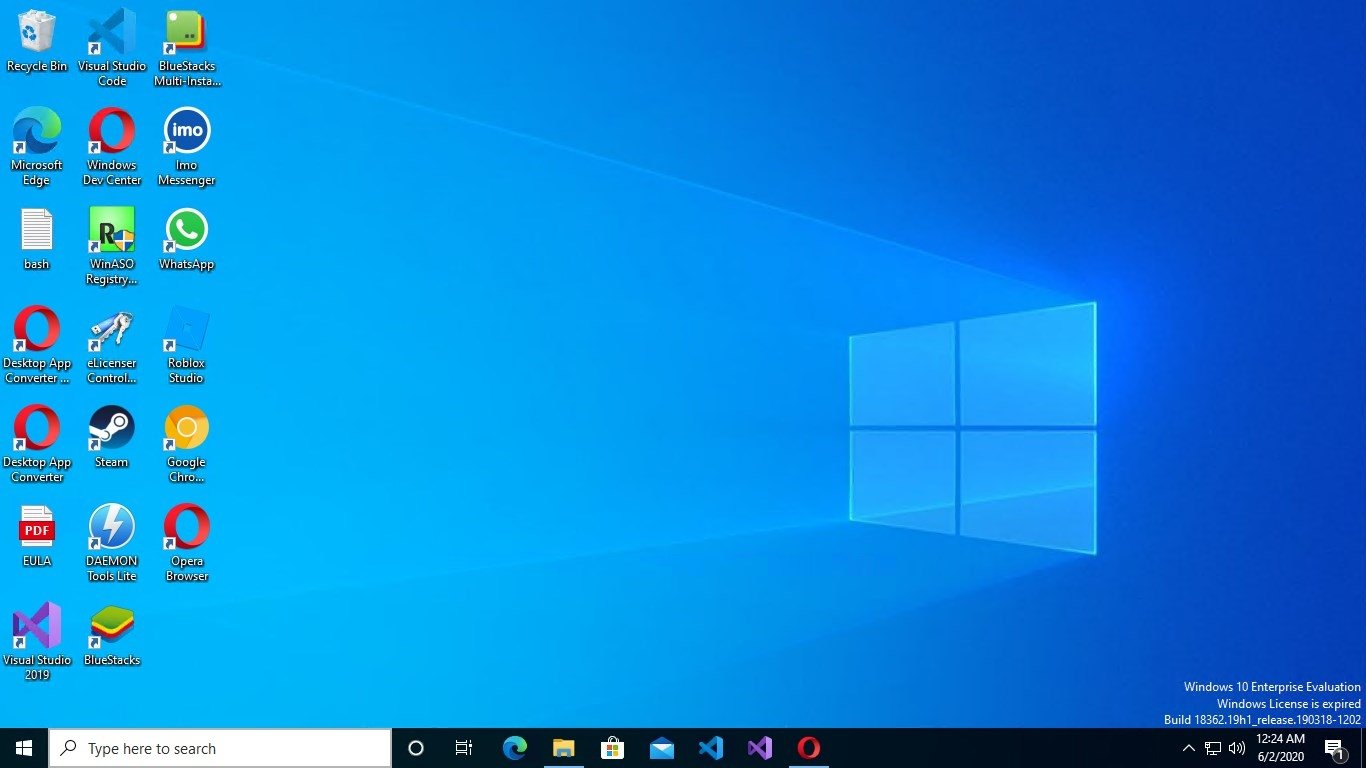The utility also installs a Windows Control Panel applet for selecting the default boot operating system. It is already possible to run ARM-based Windows 10 through the QEMU emulator and Parallels Desktop virtualization software , furthering Federighi's statement. If you want to run complex software such as the Windows version of Excel or any high-end game, then you need to set up a virtual Windows system, sometimes known as a virtual machine . You can run this virtual system entirely inside a macOS app. The VM behaves as if it's running on real hardware with a real hard drive; it just runs a bit slower than a Windows system running on physical hardware. The reason for the slower performance is that this method requires you to run an entire Windows system in the background in addition to the app you want to use.
Boot Camp doesn't allow you to easily transfer content between OS X and Windows partitions like virtual machines do, and you can't run the two operating systems simultaneously. But it does give Windows full access to the processing power of your Mac. It's also completely free , and a shared Dropbox / Google Drive / OneDrive folder can make data transfers a bit easier. What about Boot Camp, Apple's long-standing option for running a Windows system on a separate partition on an Intel-based Mac?
Boot Camp still exists, but Apple has effectively stopped supporting it. And Boot Camp has a major inconvenience; you have to shut down your macOS system and restart it every time you want to run Windows. There's no integration between macOS and your Windows partition, either. Boot Camp won't let you run a Mac app and a Windows app at the same time or transfer files between systems quickly, for example. If you have an Apple Silicon Mac, don't even think about Boot Camp.
Regardless of whether you choose Parallels or VMWare, set aside about 20 minutes to install Windows and 30GB or more of disk space on your system. If you wish to run both macOS and Windows on a single Mac computer, UITS recommends using Apple's Boot Camp utility to install Windows 10 on your Intel-based Mac. On an Apple Silicon-based Mac , Parallels Desktop is your top option.
Parallels is more approachable for beginners and faster. VMware Fusion is friendly enough for any experienced Windows or Mac user, but it's more suitable for corporate use. You can run all Windows apps and games natively on your Mac by booting into Windows. The only disadvantage is that you will not have access to any macOS files or apps when you're using Windows, and vice versa. Hence, you'll always need to switch between the two operating systems if you need to use a non-compatible app.
If you wish to have remote access to your Mac computer from any device in the world at any time, TeamViewer can enable you to connect through a web browser alone. To make use of the Mac remote access feature from your mobile, you simply need to install the app on your iOS device first. These connections offer airtight security and guarantee easy remoting to your desired system. Once you are connected, you can access a number of high performance features, such as screen sharing, screen recording, file transfers and VoIP calls. With TeamViewer's Mac remote desktop connection, users can avoid complicated port forwarding and other configuration issues and bring full performance power to their fingertips. Turn your Windows-based applications into Mac programs.
Access Windows apps like media players, browsers , and games. You don't need to install emulators, virtualizers, or boot into other operating systems It directly runs Windows-based programs on your Mac. With this release, Windows is back on the Mac, but with a big caveat.
The software requires that you use a version of Windows designed to run on ARM processors, called Windows 10 for ARM64. Next, download and install Parallels Desktop if you don't already have it. At the end of the installation, the program tells you that you need an installation image with an ARM-based operating system. Click the link for "How to download Windows 10 on ARM Insider Preview" for documentation and a video that explain the process. At the Create New screen, click the button for "Install Windows or another OS from a DVD or image file." Click Continue .
Microsoft just didn't officially allow you to download Windows without a product key, and there was no way to fully upgrade to a licensed system from within Windows. It's like a free demo, and you can use it to make all the virtual machines you like for testing purposes. You should be able to use the default settings for the next several screens, assuming your base goal is to just poke around Windows 10 and see how it works. Create a virtual hard drive; set the file type to VDI; and make the drive dynamically allocated.
This will create a virtual machine that will be listed in VirtualBox's Manager. Perhaps the easiest way to get Windows up and running on your Mac is to use virtual machine software. JohnIL February 12, 2021 I prefer to run Windows natively, I use Windows 10 a lot on my Mac's. Apple moving to a custom ARM chip for Mac's means that Boot Camp is no more. Parallels is working on a M1 Mac based preview but even that application will only run ARM based operating systems. I think Apple switched to its chips purely on locking in users and making more profits.
I have my doubts since the whole platform becomes locked to Apple. Bootcamp has long been the default way to run Windows on a Mac. We've covered it before, and you can use the MacOS tool to partition your Mac's hard drive to install Windows in its own space. There are also tools like Parallels, which lets you install Windows in a virtual machine on top of MacOS. Great tutorial, Virtualbox is really easy which is nice.
For those seriously interested in virtual machines, Parallels performance is significantly better, as is VMWare. But, both of those are paid applications, making them better for enterprise or work environments. But VirtualBox is free, so it's a good place to get started and try things out, to see if having a VM makes sense for your environment. Keep in mind this is a virtual machine, which basically means the VirtualBox app is functioning as a virtual computer on top of your existing Mac. When new Apple Silicon launches with higher performance per core, and more GPU cores, then gaming performance will no doubt improve on both native macOS and virtual machines. During this part of the installation, your Mac will restart a few times, ultimately landing you at a screen that will ask you which partition you want to install Windows 10 on.
Select the partition labeled "Boot Camp," format it for NFTS, and continue with the installation. You'll go through the setup wizard where Windows will ask you for the product key and you'll be on your way. You can create an unlimited number of virtual machines from a single VMware Fusion license. You will need to provide the required operating system software and license for each installation of a virtual machine. Both Parallels and VMware Fusion let you create a virtual system by cloning an existing desktop system across a network, but it's a lot simpler to install a fresh copy of Windows.
Users of Intel-based Macs can download the standard Windows ISO file from Microsoft and rely on Parallels or Fusion to install Windows correctly from there. M1 Mac users must register for the Windows Insider Preview program and download the ARM version of Windows 10. Only Parallels supports the ARM version, but it has no trouble configuring your Windows VM with that version on an Apple Silicon Mac. Parallels recently announced support for Windows 11 on M1 Macs, but again, for the ARM version only. Allow VirtualBox to create a virtual hard drive using the default setting. Simply click on Create, then let it make a VirtualBox Disk Image, or VDI, on the next screen.
I let it create a dynamically allocated hard drive, since that was the default option, as well. I left it at the default 25 GB setting, and then clicked on Create. If you don't already have virtual machine software on your Mac, you can download Oracle's VirtualBox. It's a virtualization tool just like Fusion and Parallels, but it has the virtue of being free. There are trial versions of Parallels Desktop and VMware Fusion which won't make you pay a fee for a two weeks or one month, respectively, so you're welcome to try those out if you prefer. But if you never want to pay a fee, check out VirtualBox.
Although there are other virtual machines are available, Parallels is by far the easiest way to install Windows 10 on Mac. You don't even need to purchase it to try it – you can download a free trial of Parallels instead. If you're using an older version of macOS, say before Catalina, this is one of the best free apps to use.
Is Windows 10 On Mac Free Wine is beneficial if you plan on running only one or two Windows apps on your Mac. The tool doesn't run Windows operating system on your Mac as a virtual machine, which means you don't have to buy a Windows license. After allocating, click on "Next" to allocate hard disk space for the virtual machine . Click on "Create" and then copy the disk type "VMDK" as well as in the subsequent dialog "Dynamically Allocated".
Emulators are typically a program that is used to run different operating systems on your computer. The main usage of it to play video games and run different Operating Systems. You can't directly install Windows programs on Mac OS X. But you can access Windows applications on Mac using Windows emulators for Mac. Here in this article I am gonna provide the best windows emulators for Mac. If you're enjoying this VirtualBox experience, you may be pleased to discover that you can run many other operating systems in the virtual machine environment as well. Once you've signed up, you'll be able to download an ISO file that acts just like an inserted install disk.
You'll want to download the 64 bit version of file in the language you want Windows to run in. If your copy of Windows came on a USB flash drive, or you have a Windows product key and no installation disc,download a Windows 10 disk image from Microsoft. Running a virtual machine and installing Windows on it will obviously eat up more RAM and CPU, which will slow down your Mac.
However, it won't cause any hardware problems as such. Your Mac should perform normally once the virtualization tool has been removed. SFTP With support for strong ciphers, public key and two factor authentication.
Read settings from your existing OpenSSH configuration. WebDAV With interoperability for ownCloud, box.com, Sharepoint and BigCommerce and many other WebDAV servers. TLS mutual (two-way) authentication with client certificate. OpenStack Swift Connect to Rackspace Cloudfiles or any other OpenStack Swift cloud storage providers.
Google Cloud Storage Connect to buckets in Google Cloud Storage and configure as a website endpoint. If a virtual machine has been created, you will see the respective settings in different areas in the right-hand pane. Under Mass Storage, select the CD/DVD icon and include the Windows 10 ISO image file. If you get tired of Windows 10, you can either delete the virtual machine from within VirtualBox, or remove the Windows .vdi file from your hard disk manually. Keep in mind that if you delete the VM, any files that you created in Windows will be removed as well. You can install and run Windows 10 in Mac OS X for free using VirtualBox and the Windows 10 Preview from Microsoft.
Obviously gaming is a huge YMMV on M1 virtual machines at this early stage. Some games will be playable, while others will not be. In this case, I'd primarily stick to running Windows on my M1 Mac to gain access to critical Windows applications that aren't on Mac. Right now, the easiest, cheapest, and fastest way to get Windows 10 on your Mac is Boot Camp, and that's what we're using for this tutorial. The first thing you should do is check the system requirements to make sure your Mac can actually run Windows 10.
Your Mac needs at least 2GB of RAM and at least 30GB of free hard drive space to properly run Boot Camp. You'll also need at least a 16GB flash drive so Boot Camp can create a bootable drive to install Windows 10. There are two easy ways to install Windows on a Mac.
Close the configuration window and click Continue. After the installation, click the Windows 11 screen to continue. Windows 11 opens as a virtual machine inside Parallels Desktop. First, you'll need to download the ISO file for Windows 11 on your Intel-based Mac. Go to Microsoft's Download Windows 11 page and select the third option for Download Windows 11 Disk Image .
Click the dropdown menu for Select Download and choose Windows 11. Click the button for 64-bit Download, and the ISO file is saved to the Downloads folder on your Mac . Just begin the installation process and install Windows 10 like you normally would. You may be asked to enter a product key later in the process, too–if you are, just look for a similar small link to skip that screen. Yes, VMware Fusion 12 has 3D hardware-accelerated graphics support.
For Windows VMs Fusion now supports DirectX 11 (with Shader Model 5.0) and earlier. For Windows and Linux guests Fusion provides OpenGL 4.1 capabilities. Fusion uses Apple Metal graphics technology to render 3D hardware-accelerated graphics to virtual machines on compatible Mac systems. See VMware Fusion system requirements for details. If you want to run a Windows app on your Mac, don't expect the setup process to necessarily be cheap or easy.
Once you've got your app running, however, it should work smoothly and reliably. If, on the other hand, you want to run a Mac app on your Windows machine, you'll find it almost impossible or otherwise not worth the effort. That's one of the advantages of macOS; it can run almost any app you want with some work.
For example, I installed the Windows text editor Notepad++ with a few clicks and opened it instantly. For instance, I tried to install Axialis IconWorkshop, the best Mac icon editor that I've found (which also happens to be Windows-based), from CrossOver's menus. No matter what I tried, the Install button remained grayed out.
Eventually, I was able to install the app manually, but doing so wasn't easy and I don't recommend you try that process. Apps won't run as quickly or as smoothly as they do with commercial solutions, and you still need to purchase a Windows license to use with VirtualBox. Next you'll need to choose the size of your virtual hard drive.

























